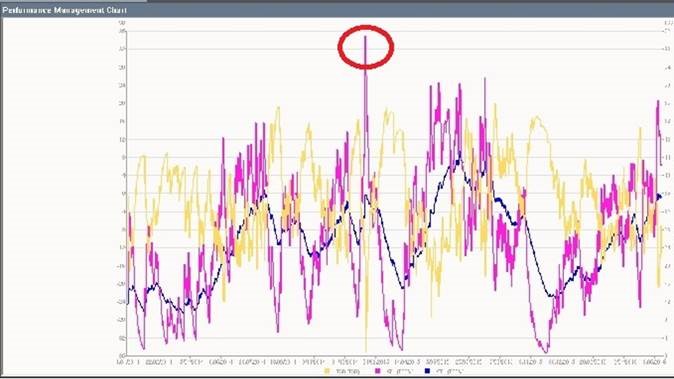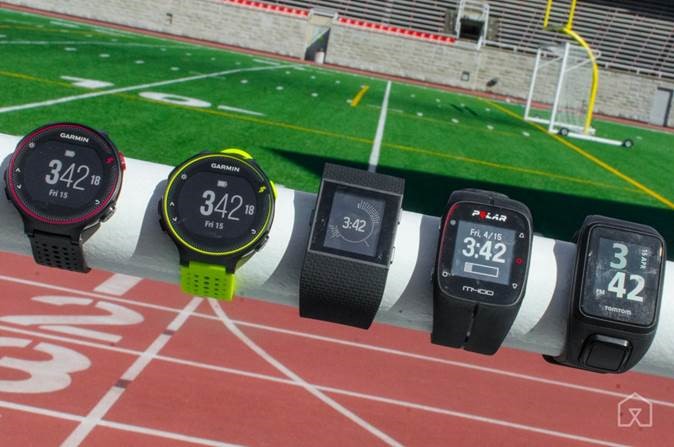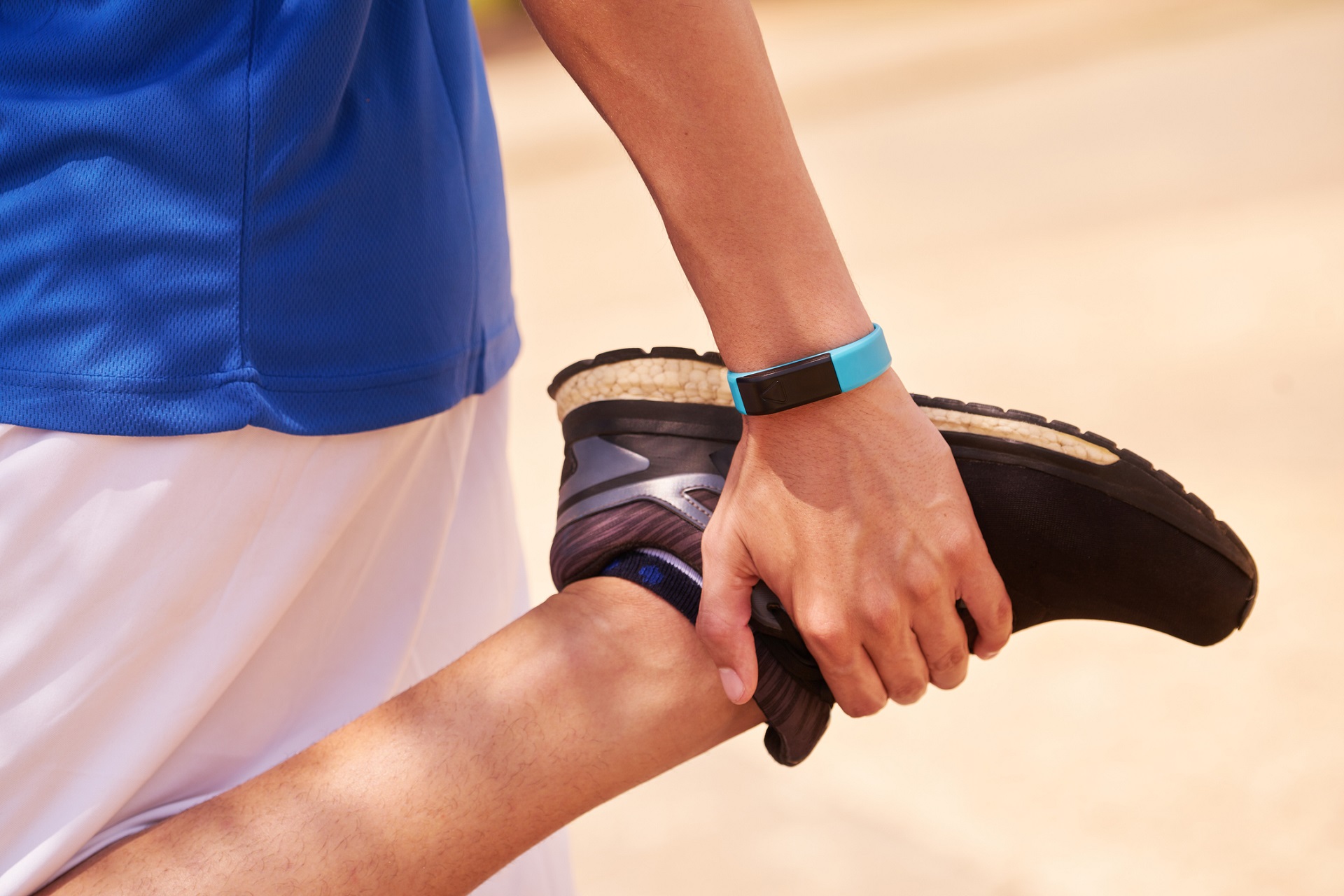The majority of running injuries are caused by overuse – with mileage often a big contributing factor.
In training for an event, the rule of thumb has traditionally been to increase mileage by 10% per week. However, the trouble with this model is that it only factors in distance.
The pace of the run, how you feel on the day, weather conditions, how much sleep you have had and many other factors affect how hard the run will be.
Technology can increasingly be used to monitor these factors and to consider the total ‘load’ of a run.
Aside from footwear, one of the biggest developments in running technology is the widespread availability of GPS running watches.
With associated software, a unique but often underutilized feature is the ability to monitor load. The balance between “acute load” (within the week) and “chronic load” (aerobic base) has been shown to help predict risk of injury.
The ratio between acute to chronic load is best kept at 0.8-1.2, with higher ratios increasing risk of injury by up to seven times!
Although some of this data can be difficult to interpret, there are a few programs that can help identify the trends and when to reduce load accordingly.
Have a look at some software that can be used by all:
- Training Peaks (www.trainingpeaks.com). This online training software syncs to most GPS watches and can monitor a stress score that is calculated based multiple factors. Charts incorporate subjective data and can plot acute vs chronic load in a visual and simple manner.
- Athlete Monitoring (www.athletemonitoring.com). This online training programme also loads training data and subjective input such as sleep, fatigue and stress. Although some GPS watches don’t appear to sync, there are promises that this will happen in time. Data can be exported to Microsoft Excel spreadsheets and graphs to help monitor acute to chronic load.
- Strava (www.strava.com). This popular online training platform and running community syncs to all major GPS running watches. With a premium subscription the Fitness/Freshness assessment helps to monitor load and fatigue. However this is only based on heart rate during sessions and doesn’t compare to an average weekly or monthly load. Despite this progress can be tracked and a spike in acute effort can be visualised in a simple manner.
- Suunto Training Insights (www.suunto.com). Specifically for Suunto GPS watches, this software comes with a great mobile platform and monitors acute to chronic load in a simple and visual ratio shown as a value and in graph form.
- Polar Flow (www.polar.com). Designed for Polar GPS watches, this platform monitors acute spikes in training load but doesn’t compare it to a measure of chronic load. Although this can be visualised in a similar way to Strava, more specific measures of load that factor in other aspects other than heart rate and distance is better on the above platforms.

If you are want to make sure your running build up towards an event is injury free check out some of the above options. Alternatively, a sports physiotherapist experienced with running can often be in a good position to review your training and make sure you are on the right track.

Train hard but train smart!




































